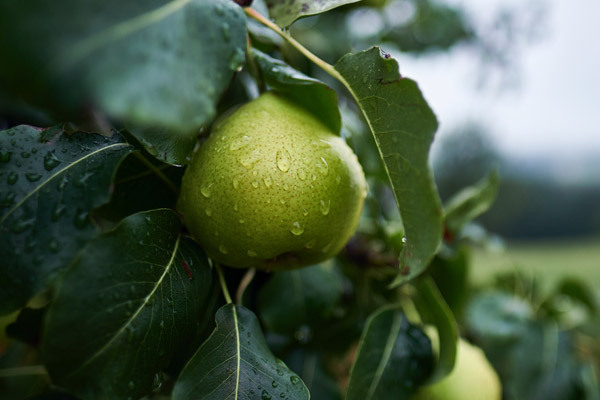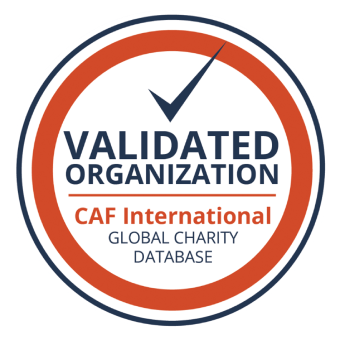Everyone welcomes the transition from the scorching summer heat in the months of April and May to the misty and cool monsoons that start in the month of June. It also ushers in the season of endless cups of hot ginger tea and a ravenous appetite for everything junk and unhealthy. How many of us go and grab those roadside samosas, quick noodles, pakoras and bhajjis? Our kids soon follow suit and very soon junk foods kick out the healthy foods from the family menu.
Although monsoons bring in cheer, there is also a dark lining that parents are well familiar with. Rains mean increased levels of humidity which in turn makes for a perfect breeding ground for microbes. Adding to this is the splashing around in stagnant puddles in the playing ground or park, very often heralding the onset of rashes and fungal infections. Cold and cough stay true to their name; they are common.
The big daddies of diseases such as malaria, conjunctivitis, dengue, typhoid, gastroenteritis, food poisoning, cholera, jaundice and leptospirosis are very much around the corner too. So in short, monsoon is also the season of raining health troubles! Added to this messy cauldron this year is the big C that is still around us, making self-care and child-care a top priority this monsoon.
So how can you keep yourself and your little ones healthy during the monsoon?
The key is to maintain general hygiene, follow safe food handling, prep and storage methods and smartly eat your way to health! Read on to know what you need to embrace and what you need to kick out to ensure smart eating!
What you need to embrace:
- A menu plan choco blocked with all the nutrients from A to Z. Feed your little ones a diverse diet rich in immune-boosting vitamins and minerals such as vitamin A, C, E, B6, folic acid, iron, selenium, and zinc to name a few. How to get them? Create a rainbow menu with purple cabbage, red capsicum, yellow pumpkin, red tomatoes, green broccoli and white radish. Don’t forget to colour up your plate with different coloured protein-packed pulses. You have the dark green moong, black urad, brown horse gram to the pink rajma to choose from.
- A colourful fruit platter. While you are busy colouring up your dinner or lunch plate, colour up your fruit platter too to add the antioxidant punch to your day. Choose from a variety of monsoon fruits such as the violet jamuns, ruby red cherries, orange peaches and the more exotic litchis, mangosteens and rambutans.
- Nuts and Seeds. Go nuts this monsoon. Nuts and seeds are a good source of vitamin E, zinc, selenium and essential fatty acids which can again help boost the immunity nutrient quotient. Adding a handful of roasted almonds to the salad or making your grandma’s peanut sesame chutney is a great way to incorporate nuts and seeds into the menu. Foxnuts (makhana) roasted in a tsp of desi ghee and sprinkled with chaat masala is a great afternoon snack to chomp on while watching the rain outside and a healthy alternative to butter smeared greasy popcorn.
- Healthy fats: Salmon, mackerel, walnuts, flax seeds, safflower oil, avocado can all be added to increase the healthy fats in the diet. Yes, they are all known for their heart-protective functions, but did you know that they are equally important for healthy skin? Studies have shown that healthy fats can help protect your little ones from dermatitis, eczema and other skin diseases. So mash up that avocado and add it to a chocolate smoothie or even try a walnut chikki with jaggery for a picky eater.
- Hot piping drinks like soups and broths with ginger and turmeric: Think a little sniffle is on its way? Or you are marooned at home surrounded by water and cannot step out? Nurse your little one or even yourself with hot soups and tea made with ginger and turmeric. They are good for your mood and your immune system. Warm lemon water mixed with honey is a time-honoured way to soothe a sore scratchy throat. If your little one is down with an upper respiratory infection, try 2 tsp of honey. Studies have shown that honey can bid adieu to those nighttime coughs that can keep both you and your child up all night.
What you need to kick out:
- Unboiled tap water
- Raw salads
- Cut fruits from hotels and restaurants
- Fresh fruit juices and snacks from roadside vendors
- Deep-fried foods
- Foods that have been prepared a few days before
- Unpasteurised milk
- Raw and half-cooked eggs and dishes that contain raw eggs
- Fish and chicken dishes that are undercooked or not stored properly
- Ready to eat bakery products. The high moisture content in the air during monsoon can make bread slices an ideal petri dish for fungus to grow. So it might be a great idea to either store them in the refrigerator as soon as you buy them even if the use-by date is far away or toast them thoroughly before you eat them.
So there you go. We have deconstructed healthy eating in the monsoons for you. You may have known some of this already but it is reinforcing that matters. So go ahead, let your child splash around in puddles once in a while. After all, monsoons are also about memories!
Written by:
Dr Sripriya Venkiteswaran (Ph.D Nutritional Sciences)
Content Consultant
Cuddles Institute of Clinical Nutrition
References:
- https://www.msdmanuals.com/en-in/professional/nutritional-disorders/undernutrition/essential-fatty-acid-deficiency Accessed on 19th July 2021
- https://www.webmd.com/beauty/features/natural-skin-care-skinny-fats Accessed on 19th July 2021
- https://www.mayoclinic.org/symptoms/cough/expert-answers/honey/faq-20058031 Accessed on 20th July 2021





